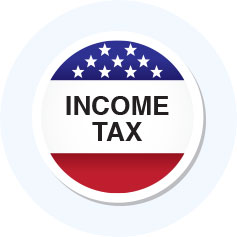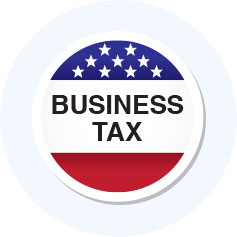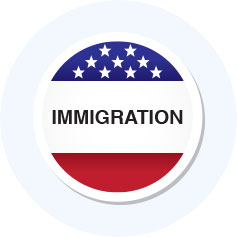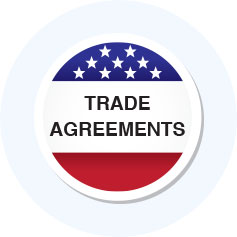
While it has been shaping up to be a close race between Republican candidate, Donald Trump, and Democratic candidate, Hillary Clinton, averages from polling data after the first nationally televised presidential debate on 26 September 2016 suggest that Clinton has a lead over Trump in voter preferences according HSBC Global Research's US Election Update.1
However, the US presidential election is not decided by the popular vote at the national level, but by the state-by-state results in the Electoral College where 538 electoral votes are apportioned among the 50 states.1




Clinton presidency, Democratic Senate, Republican House


LOOK AHEAD
So what should you do as an investor?
Financial experts would advise you to maintain discipline and not allow short-term noise like the Presidential election to interfere with your focus on long-term goals.4
- Any market turbulence following the election is likely to be a small blip over the long-term;4
- No matter who wins, the next President's economic policies may not be fully enacted; and if they are, we do not know how they will influence markets;4
- The efficiency of the markets means expectations are already priced into the markets.4
As an investor, you should remain focused on following sound investment principles which involve things you can control. These include3
- Setting and sticking to clear investment goals
- Ensuring that your portfolio is well diversified across asset classes and regions
- Keep investment costs as low as possible
- Take a long-term view
2HSBC Global Research, US Elections: Four Post-Election Policy Scenarios, 17 July 2016.
3Vanguard.com, Worried About the Election's Impact on Your Portfolio? Markets are Nonpartisan Long Term, 23 September 2016.
4Truepointwealth.com, How to Invest for the 2016 Presidential Election, 18 July 2016.





